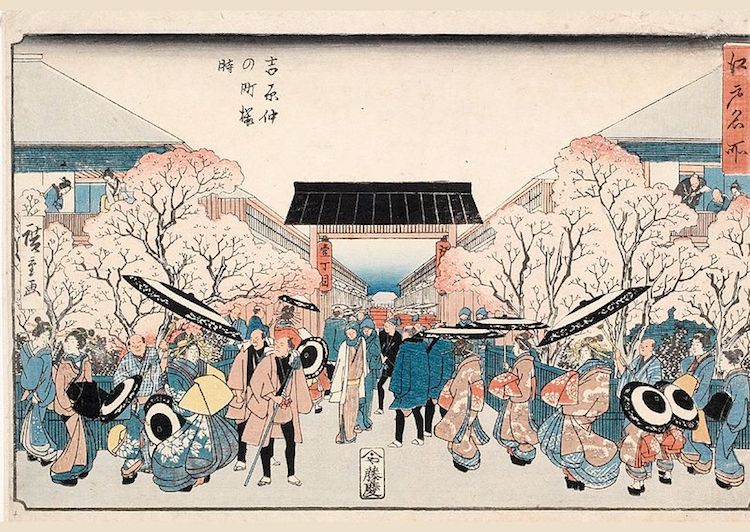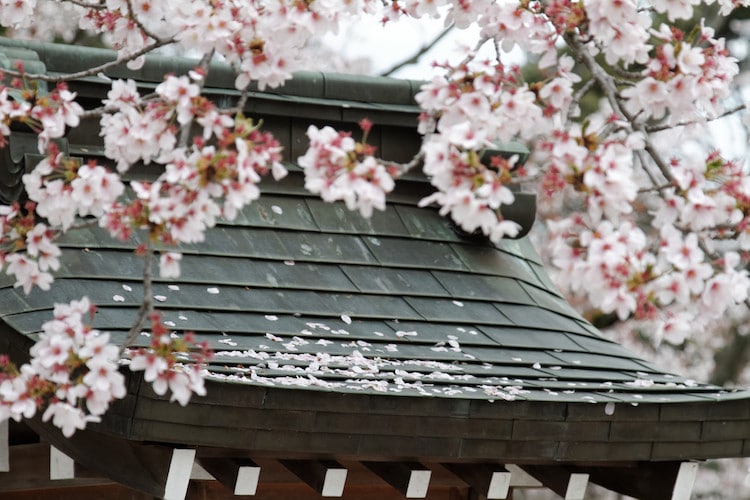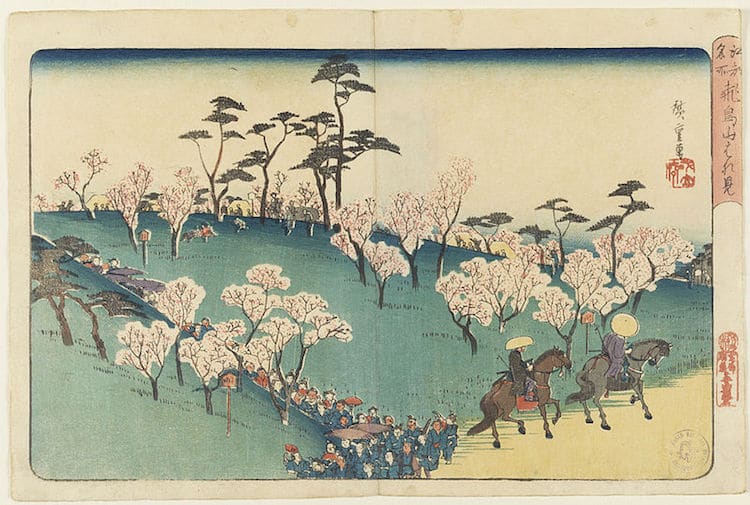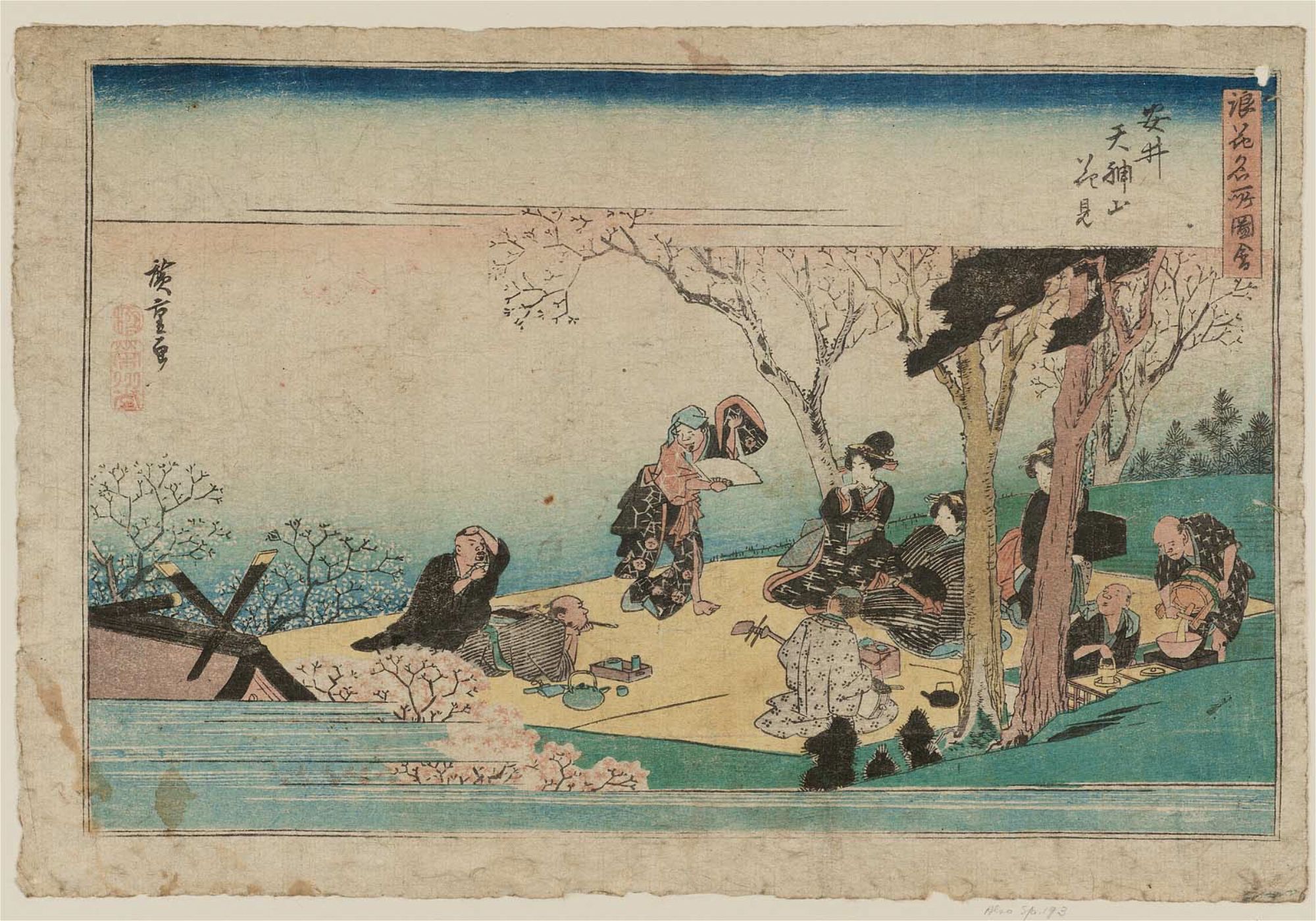Every year, villages, towns and cities across Japan warmly welcome spring with cherry blossoms. As one of Japan’s national flowers, cherry blossoms or Sakura have always held a special place in Japanese culture.
Every year, during the cherry blossom season, Japanese people eagerly participate in the cherry blossom viewing festival, also known as the Hanami festival. Festivals take place across Japan, this event attracts large crowds of flower-loving tourists and locals, proving the special appeal of cherry blossoms (Prunus).

Meaning of cherry blossoms
Why are cherry blossoms so important to Japanese culture? In addition to the beauty of its pale pink petals and its popularity in Japan, the flower is known for its extremely short lifespan. Once this tree begins to flower, the delicate flowers only last for a week or two before “cherry blossom snow” falls or is blown away by the wind. Because of this fleeting phenomenon, flowers have become symbols of fleeting life.

Similarly, cherry blossoms also represent innovation. Year after year, that special shade of pink marks the end of the dreary winter months and signifies the long-awaited bloom of spring. If the weather is unusually warm, which can promote early blooming, and if unusually cool temperatures can cause a delay, flowers usually reach their peak blooming between March and mid-April, this is the best time for the Hanami festival.

History of Hanami
Although today’s Hanami custom usually takes place during cherry blossom season, it originated from another flower: the plum blossom.
In the 8th century, during Japan’s Nara period, upper-class aristocrats began holding picnic-like parties beneath plum, or apricot, trees (Ume). Blooming a month earlier than cherry trees, this sweet-smelling tree is historically known as “the first important flower to bloom in spring.”
However, during the Heian period (794 – 1185), picnickers began setting up camp beneath the branches of cherry blossom trees. Eventually, the popularity of sakura surpassed ume, which also marked the profound role of these flowers and redefined the way of organizing Hanami.

Cherry blossoms today
Cherry blossoms remain the most significant flower in contemporary Japanese culture. Its presence is a wonderful feature throughout Japan; In which Okinawa, Kyoto, Tokyo, and Hirosaki are the places where this flower is most popular.

Like the way flowers bloom, each festival has a special meaning, both as a celebration of spring and as a reminder to slow down to feel the scent or look at the flowers.











